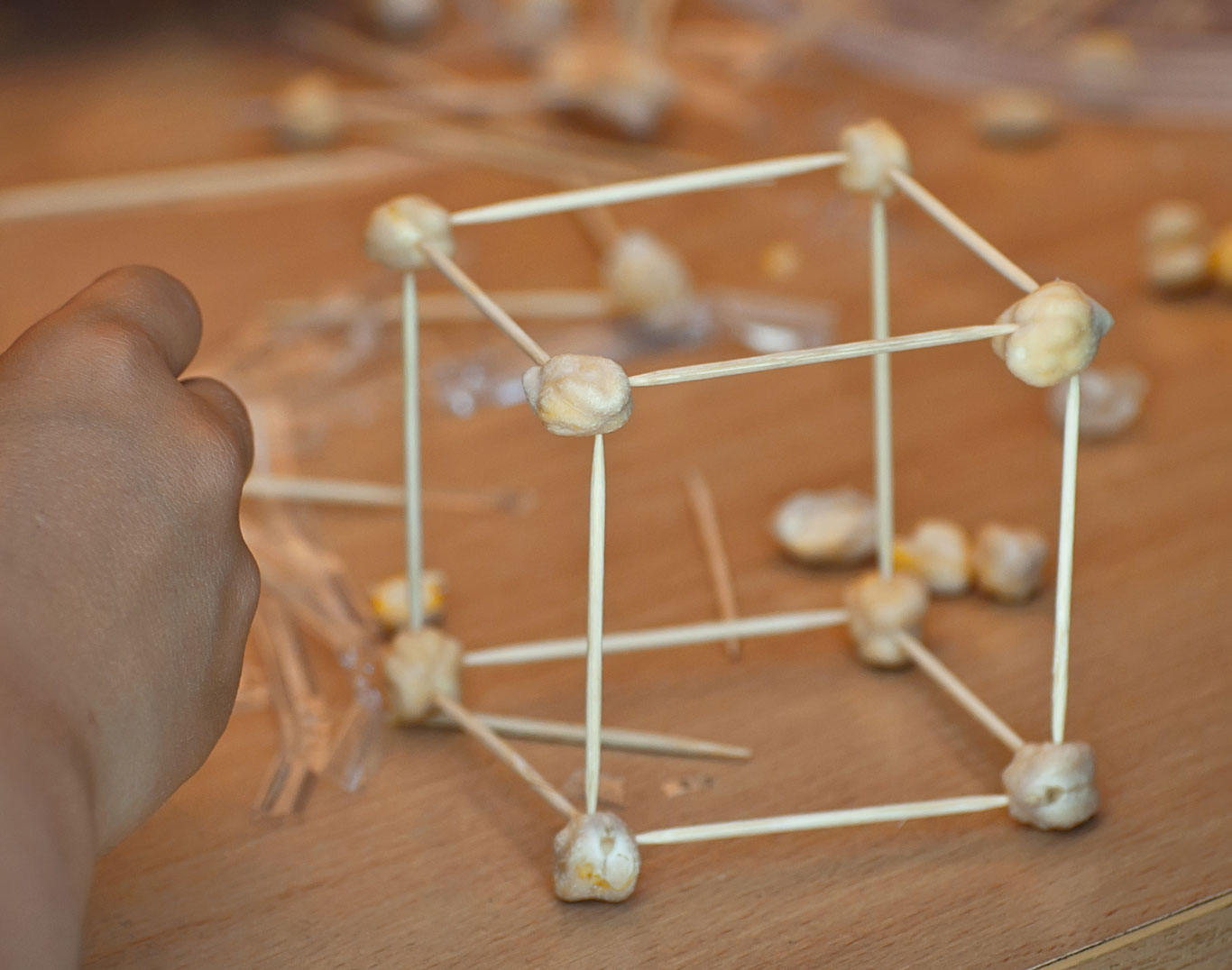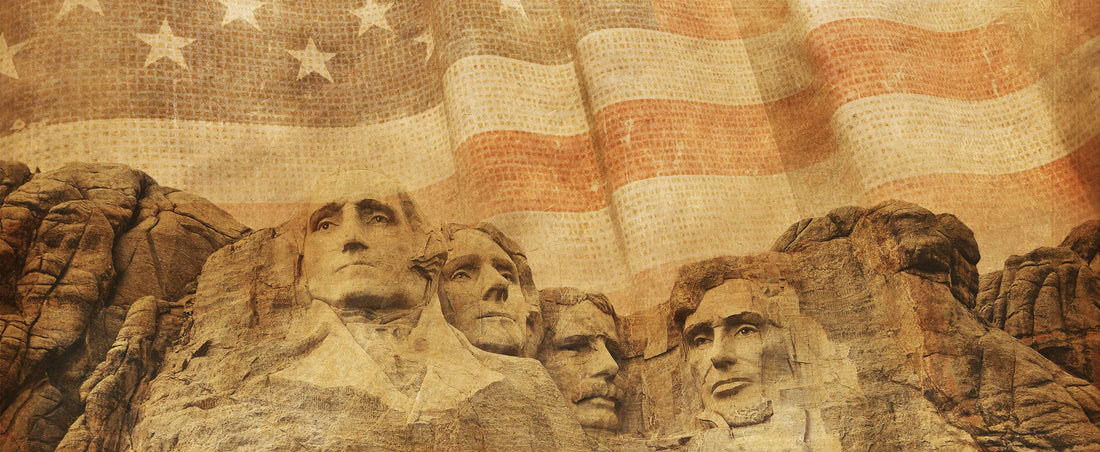Updated 5/30/24
Two of our country’s most famous presidents were born in February – Abraham Lincoln on the 12th and George Washington on 22nd. In all, four of our past presidents celebrate birthdays in February, so it makes sense to celebrate this office in this month. But that’s not the only reason. . . .
Presidents’ Day was originally recognized as George Washington’s birthday, but after the holiday moved to a Monday as part of the Uniform Monday Holiday Act in 1971, it became a day to celebrate all our presidents past and present. There’s a plethora of resources to get to know more about all the presidents, such as Whitehouse.gov. But in the tradition of hands-on learning, let’s look at some STEM activities to encourage problem-solving and other skills that tie in nicely to this national holiday.
Hands-On, Minds-On Activity Ideas
1. Build a Monument
Building a national monument or memorial can be done with almost any material and spans many grade levels. Makerspace, anyone? You might use construction paper, clay, or macaroni for younger students. For older ones consider turning it into a competition using toothpicks, straws, or building systems. Who can build the tallest Washington Monument that can stand up by itself?
Check out these useful kits to get you started: Large Structures Package, Straw Structures – Getting Started Package, and Structures STEM Boost Kit.
2. Build a Log Cabin
Not into monuments? How about building Lincoln’s log cabin? Depending where you are in the nation, this activity might give your students a chance to get outside and collect sticks. Although paper towel rolls, straws, straight pretzels, foam board, and balsa sticks work well too.

3. Cross the Delaware
Connect with two presidents in one activity: combine the Lincoln penny with Washington crossing the Delaware River. How can your students build a boat that can hold the most pennies without sinking? Give all the students the same kinds and amounts of materials to level the playing field, or set limits on the size of the boats, especially if you’re using a small container for the Delaware.
Depending on the age of your students, you might want to start with the Float or Sink Activity Bundle.
4. Connect it to Coins
Building something doesn’t fit into your lesson plans? Then how many drops of water can a penny or quarter support before the water spills over? This is a great activity to practice the scientific method. Add this to learning how presidents ended up on our coins (the US Mint has the details) and discuss how coins are made.
5. Cast a Vote
Or, which president would your students vote for? After discussing past presidents, choose several of the favorites and hold an election. Students could make campaign posters and even try role-playing in a debate. At the end, have each student vote and see what past president measures up to today’s expectations.
Have another idea? Post it in the comments so we can celebrate with you and so other educators can benefit from your experience!
MORE RESOURCES:

